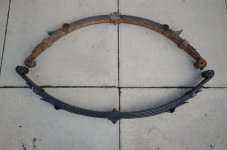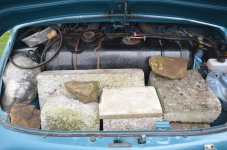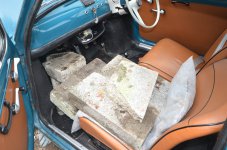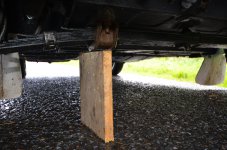Hi Folks, this is my first post on this Forum. Just installed new stock 5 leaf front spring on my 1965 Autobianchi Bianchina Cabrio (Fiat 500 L platform) Spring appears to be dimensionally identical to the original, however the front end sits about 1 1/4 inch higher than before, measuring from the floor to the bottom of the spring to body clamp as per Fiat Manual. Can I expect the spring to settle if I drive it a bit before doing the final alignment. I have searched the Forum , but cannot find anyone who has had a similar issue.
Your thought would be appreciated!!
Your thought would be appreciated!!









